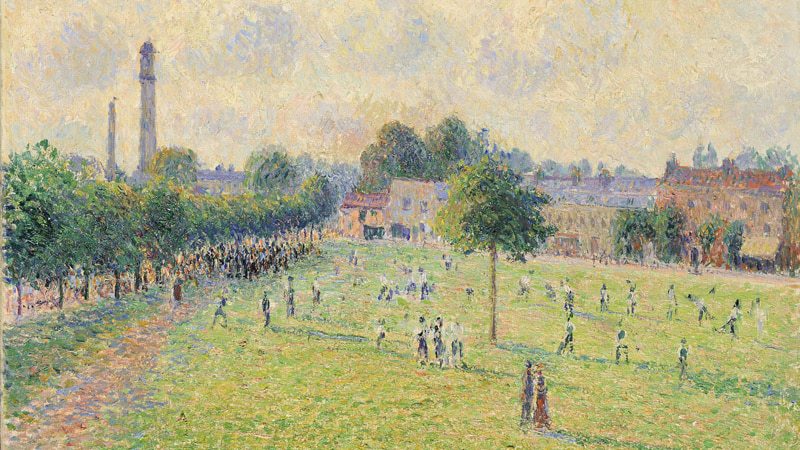English composer George Butterworth (1885-1916) left behind only a handful of brief musical treasures, among the most famous being The Banks of Green Willow and A Shropshire Lad.
Emerging from the pastoral landscape with a sense of quiet nostalgia and dreamy impressionistic color, these magical, fleeting works make us long for what might have been. At the outbreak of the First World War, Butterworth enthusiastically enlisted, and quickly rose to the rank of second lieutenant in the Durham Light Infantry. In 1916, at the age of 31, he was cut down by a sniper’s bullet in the trenches of Pozières, France. Before leaving home, he took stock of his catalogue, and destroyed all but what he considered worthy of posterity.
The idyllic song cycle Love Blows as the Wind Blows was composed between 1911 and 1912. Originally scored for piano (or string quartet) and voice, three of the four songs were orchestrated by Butterworth in 1914. The texts are taken from William Ernest Henley’s 1888 Book of Verses.
The first song, In the Year That’s Come and Gone, is a wistful reflection on love and the passage of time. Opening with a solitary horn call, the final bars fade away in gentle clarinet ripples in anticipation of “life’s mysterious morrow.”
Life In Her Creaking Shoes contains the title line, “Love blows as the wind blows.” The song begins with echoes of an English Renaissance madrigal, with a brief celestial reflection (“The stars some cadence use”).
The final measures lead directly into the third song, On the Way to Kew. Ghostly and nostalgic memories swirl amid reflections on far-off trips from Richmond to Kew on the south bank of the River Thames. We are left with the serene, pastoral voice of the oboe.
This recording features baritone James Rutherford with Kriss Russman and the BBC National Orchestra of Wales:
I. “In the Year That’s Come and Gone”:
II. “Life In Her Creaking Shoes”:
III. “On the Way to Kew”:
Recordings
- Butterworth: Love Blows as the Wind Blows, James Rutherford with Kriss Russman and the BBC National Orchestra of Wales Amazon
Featured Image: “Kew Green” (1892), Camille Pissarro

